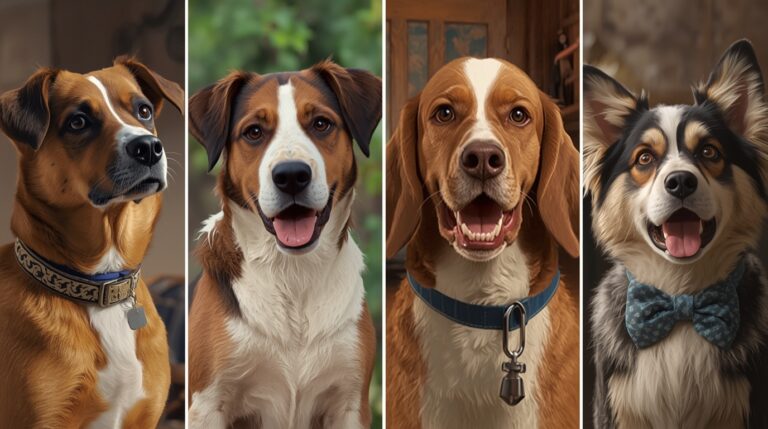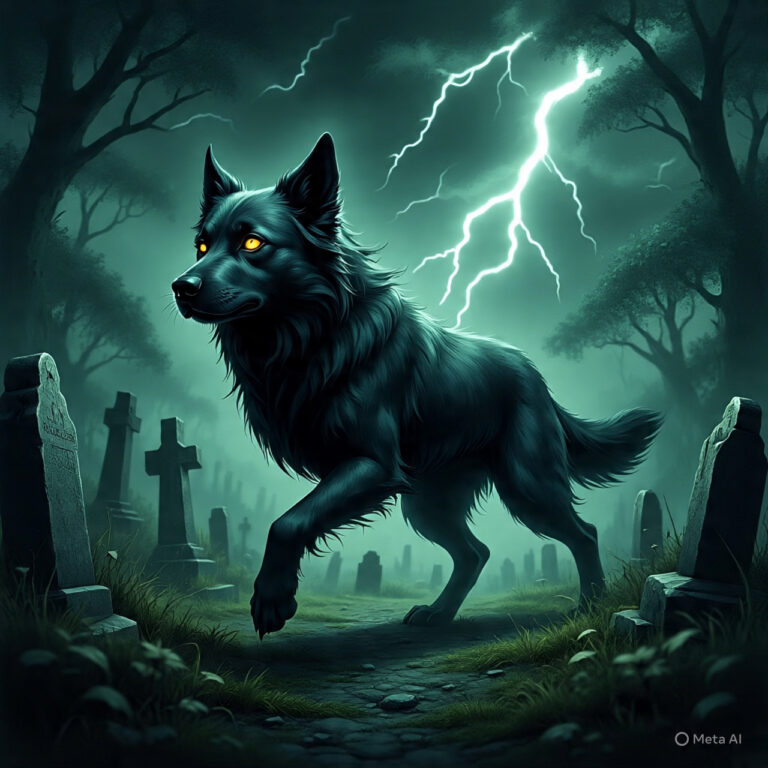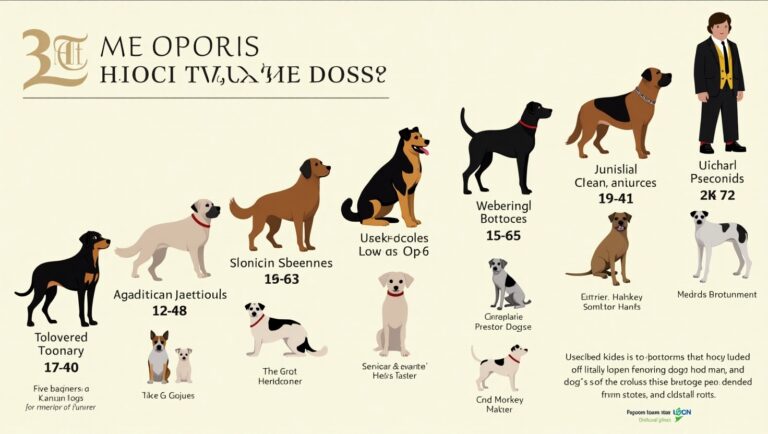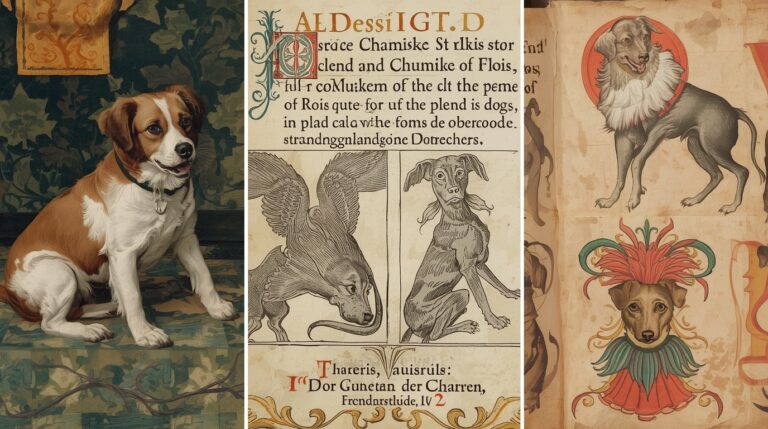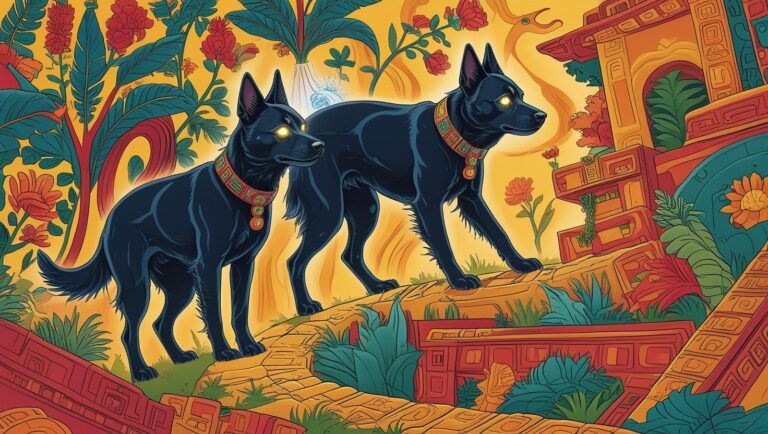Dogs Awarded for Bravery (Medals, Recognition)
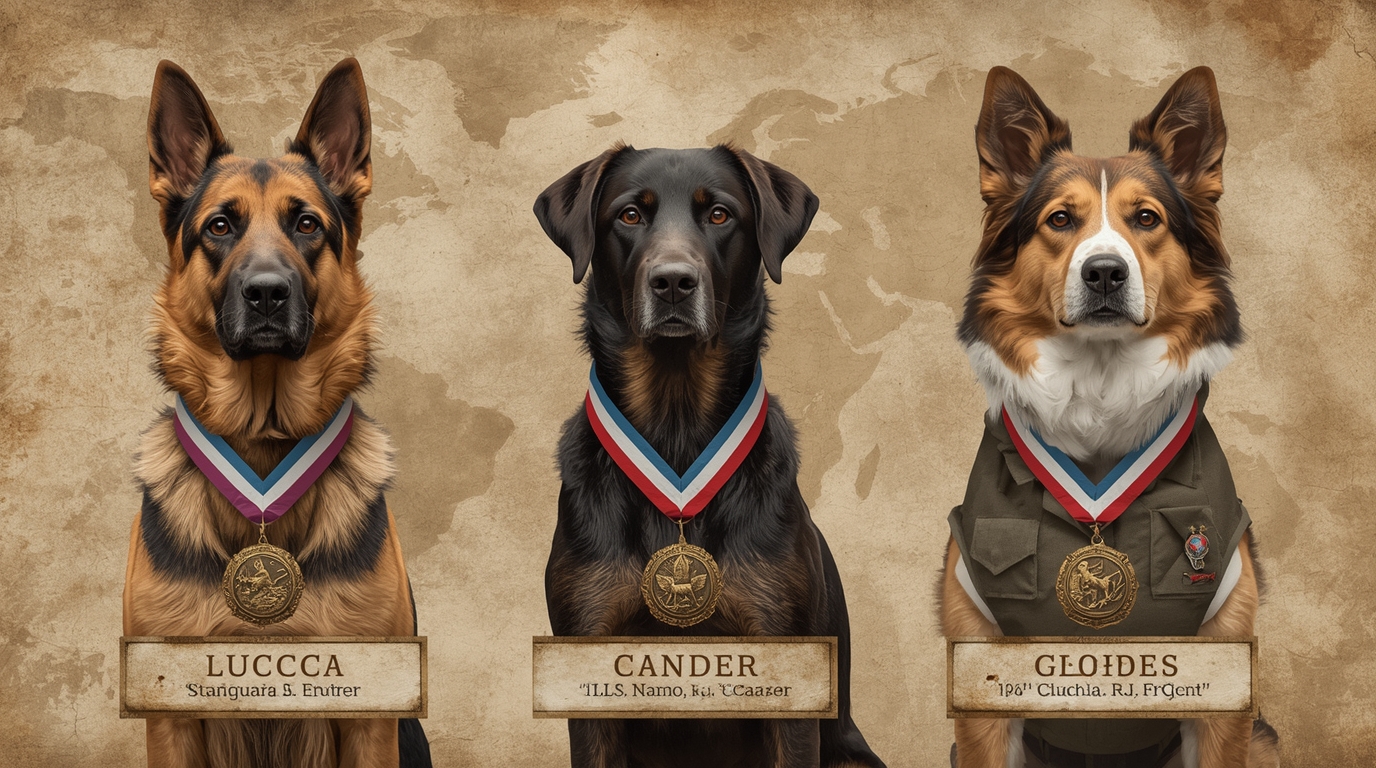
Introduction
When humans go to war, respond to disasters, or face perilous situations, they are not always alone. Alongside soldiers, firefighters, and first responders, dogs have served with courage, loyalty, and often at great personal cost. From storming enemy bunkers in wartime to leading the blind out of collapsing skyscrapers, dogs have proven themselves as heroes. In recognition of their valor, countries and organizations have developed systems to honor dogs with medals and formal recognition, ensuring their sacrifice is not forgotten. This article explores the stories of these heroic dogs, the honors they have received, and the global legacy of canine bravery.
The Tradition of Awarding Animals
Honoring animals for their bravery began during World War II when the role of military animals, especially dogs, became prominent in life-saving and combat operations. Dogs served as messengers, mine detectors, sentries, and trackers. Their impact was undeniable, and soldiers often credited them with saving lives. Eventually, the idea that animals could earn formal recognition for acts of valor took root, leading to the creation of specific awards like the PDSA Dickin Medal in the United Kingdom. Over time, governments and charities began establishing official honors for dogs involved in war, rescue operations, and public safety.
The PDSA Dickin Medal: The Animal Victoria Cross
The most prestigious medal awarded to animals for gallantry is the Dickin Medal, instituted in 1943 by Maria Dickin, founder of the UK’s People’s Dispensary for Sick Animals (PDSA). Often referred to as the “Victoria Cross for animals,” the Dickin Medal recognizes extraordinary bravery or devotion to duty in military conflict. As of 2025, over 70 animals—including dogs, pigeons, horses, and a cat—have received the award. Dogs account for the largest proportion of recipients, celebrated for acts such as rescuing injured soldiers under fire or detecting explosive devices.
Gander: The Newfoundland War Hero
One of the most legendary recipients of the Dickin Medal is Gander, a large Newfoundland dog who served with the Royal Rifles of Canada during the Battle of Hong Kong in 1941. Gander was originally a family pet but was enlisted into military service after impressing soldiers with his protective instincts. During the battle, Gander made three significant interventions, including charging a group of advancing Japanese soldiers. In his final act of bravery, he picked up a live grenade and ran toward the enemy, dying instantly but saving several Canadian troops. Gander was posthumously awarded the Dickin Medal in 2000 for his self-sacrifice.
Chips: The Most Decorated War Dog of WWII
Chips, a German Shepherd–Collie–Husky mix, served with the U.S. Army during World War II. In 1943, during the invasion of Sicily, Chips broke free from his handler and attacked a machine-gun nest, forcing four enemy soldiers to surrender. He was slightly wounded but returned to duty the same day. For his actions, Chips was awarded the Silver Star, the Purple Heart, and later the Dickin Medal (posthumously, in 2018). Although initial U.S. Army regulations prohibited animal awards, public support led to widespread recognition of Chips’ heroism.
Lucca: The U.S. Marine Corps Hero
Lucca, a German Shepherd–Belgian Malinois mix, completed over 400 missions in Iraq and Afghanistan with the U.S. Marine Corps. She specialized in detecting improvised explosive devices (IEDs) and is credited with saving countless lives. In 2012, during a patrol in Afghanistan, Lucca was injured by an IED, losing her left front leg. Despite her injury, she continued to scan for threats until her handler could secure the area. In 2016, she became the first U.S. military dog to receive the PDSA Dickin Medal. Her story has been documented in books and remains one of the most inspiring tales of modern military canine service.
Kuno: The Four-Legged SAS Veteran
Kuno, a Belgian Malinois working with British Special Forces, earned global attention in 2020 when he was awarded the Dickin Medal for bravery during a raid in Afghanistan. Under heavy gunfire, Kuno charged enemy combatants, allowing British troops to advance. He was shot in both hind legs but completed the mission before collapsing. Kuno required extensive surgery and became the first UK military dog to receive custom prosthetic limbs. His courage not only saved lives but symbolized the fierce loyalty and determination of military working dogs under fire.
also read this Famous Historical Dogs
Smoky: The Tiny War Dog Who Saved Lives
During World War II, an American soldier found a tiny Yorkshire Terrier in a foxhole in New Guinea. Named Smoky, the 4-pound dog turned out to be a morale booster and lifesaver. She assisted engineers by crawling through 70-foot pipes to help string communication wires under an airstrip—a task that saved hours of dangerous work. Smoky performed stunts, appeared in war-zone shows, and became one of the earliest known therapy dogs. While Smoky never received an official military medal during her life, she was posthumously honored by several organizations and is now commemorated by statues in multiple countries.
Salty and Roselle: 9/11 Guide Dogs Who Led to Safety
On September 11, 2001, Roselle, a Labrador Retriever, and Salty, a Golden Retriever, were leading their blind owners in the World Trade Center’s North Tower. When the planes struck, both dogs guided their humans down dozens of flights of stairs and away from danger. Roselle remained calm despite the smoke and chaos, even stopping to reassure her handler. Both dogs were awarded the PDSA Gold Medal and numerous U.S. honors. Their stories were featured in documentaries and survivor testimonies, highlighting the life-saving impact of service dogs during a national crisis.
Apollo: The 9/11 Search and Rescue German Shepherd
Apollo, a German Shepherd working with the NYPD’s K-9 unit, was among the first dogs to arrive at Ground Zero after the towers collapsed. Trained in search and rescue, Apollo and his handler spent countless hours searching for survivors and recovering remains. He was nearly killed by fire and falling debris but returned to the scene the next day. For his extraordinary courage and resilience, Apollo received the American Kennel Club Ace Award and a Dickin Medal on behalf of all search and rescue dogs at Ground Zero. His role became symbolic of K9 heroism in disaster response.
Jake: The 9/11 and Hurricane Katrina Search Dog
Jake, a black Labrador Retriever, served as a FEMA-certified search and rescue dog. After 9/11, he worked for 17 days at Ground Zero, then later responded to Hurricane Katrina in 2005, searching collapsed buildings in New Orleans. He was one of few dogs trained for both urban and water rescue. Jake also worked as a therapy dog for children and disabled veterans. Although he died of cancer in 2007, his legacy is carried forward by documentaries and public tributes. Jake’s life helped raise awareness for working dogs and their health risks in toxic environments.
Dogs in the UK Military and Emergency Services
In the UK, beyond the Dickin Medal, dogs in police and military units receive commendation ribbons, bravery medals, and memorial plaques. Police dogs like Finn, who was stabbed while defending his handler, have become national symbols of service. After Finn’s case, the “Finn’s Law” legislation passed in the UK to increase protections for working animals. The RSPCA Honor Roll, PDSA Gold Medal, and other civilian awards continue to honor dogs involved in terror responses, search operations, and emergency interventions.
Dogs Recognized by the U.S. Military
While the U.S. military doesn’t officially award medals to animals, many units have developed internal traditions to honor their dogs. These include unit patches, ceremonial rank promotions, and memorial plaques. Some dogs receive the Military Working Dog Service Award or are presented with medals by allied organizations like American Humane. Retired dogs are sometimes given military funerals, complete with folded flags, salutes, and eulogies—testament to how deeply they are valued by their handlers and units.
The Role of Non-Profit Organizations in Dog Recognition
Organizations like the PDSA, American Humane, ASPCA, and AKC have created award programs to honor canine heroes. These include:
- The Hero Dog Awards (American Humane)
- The Gold Medal for Animal Bravery (PDSA)
- Canine Excellence Awards (AKC)
- K-9 Medal of Valor (United States Police Canine Association)
These organizations also promote public education, fund veterinary care for retired service dogs, and campaign for animal protection laws. Through annual ceremonies, televised events, and public monuments, they ensure that hero dogs receive the recognition they deserve.
Bravery Beyond the Battlefield
Not all heroic dogs serve in war zones. Some display courage in civilian settings, such as home invasions, house fires, natural disasters, and medical emergencies. In 2016, a dog named Babu, a Shih Tzu in Japan, led her elderly owner to safety just before a tsunami struck. In the U.S., dogs have awakened families during fires, alerted them to carbon monoxide, and even called 911 using paw-activated systems. These actions are often recognized by local police departments, city mayors, or state governors, who issue Certificates of Bravery or citizen commendations.
The Canine Medal of Courage
Launched by American Humane, the Canine Medal of Courage honors military and working dogs who show exceptional service. Dogs like Layka, who lost a leg in combat, and Rex, a PTSD therapy dog for veterans, have received this distinction. The medal comes with a formal presentation on Capitol Hill, often with congressional representatives in attendance. The award not only honors the dog but also brings attention to veteran mental health and the vital role that trained dogs play in the rehabilitation of soldiers.
Notable Police Dogs Honored for Heroism
Across the U.S., police K9 units regularly honor dogs who are injured or killed in the line of duty. Dogs like Jethro in Ohio and Kaiser in Massachusetts received massive public funerals, attended by hundreds of officers and civilians. Statues and murals commemorate their lives. Some cities, like San Diego and Houston, have K9 memorial walls listing names of dogs who died during active service. These tributes highlight the increasing respect and value placed on law enforcement dogs and their handlers.
International Heroes: Dogs Awarded Around the World
Heroic dogs have been recognized in Australia, Canada, Israel, and Germany, where dogs serve in both military and civilian sectors. In Australia, a dog named Sarbi went missing for 14 months in Afghanistan and returned to receive a RSPCA Purple Cross. In Canada, the Purina Animal Hall of Fame includes dogs who have saved children from drowning or defended families from wild animals. Each culture brings its own traditions to honoring brave animals, but the message is universal: courage knows no species.
Media and Pop Culture Portrayals of Hero Dogs
Many heroic dogs have been featured in books, films, and documentaries. Lucca’s story was turned into a children’s book; Smoky was the subject of multiple documentaries; and Fala has been immortalized in sculpture and postage stamps. Films like Max, Megan Leavey, and Rescue Dogs dramatize real or inspired events. These portrayals play a critical role in public education and empathy, making the stories accessible to broader audiences and reinforcing the societal value of canine service.
The Impact of Recognition on Public Awareness
Recognizing heroic dogs has far-reaching benefits. It helps:
- Encourage adoption of retired working dogs
- Raise funds for dog training and rehabilitation
- Promote laws that protect service animals
- Inspire respect for animal intelligence and emotional capacity
When a dog is honored with a medal, it often sparks interest in the larger ecosystem of working animal ethics, training programs, and veterinary support. These ripple effects elevate both the profession and the public’s understanding of animal contribution.
Conclusion
From battlefields to burning buildings, dogs have stood by humans in our darkest hours. Their bravery, often untrained and instinctual, challenges us to rethink the boundaries of courage. As medals are pinned to furry chests and statues are raised in their honor, these dogs are not just remembered—they become part of the collective legacy of heroism. Recognizing them with medals, ceremonies, and stories ensures that their sacrifices are never forgotten. These dogs didn’t wear uniforms, but they served with dignity, loyalty, and extraordinary valor.
